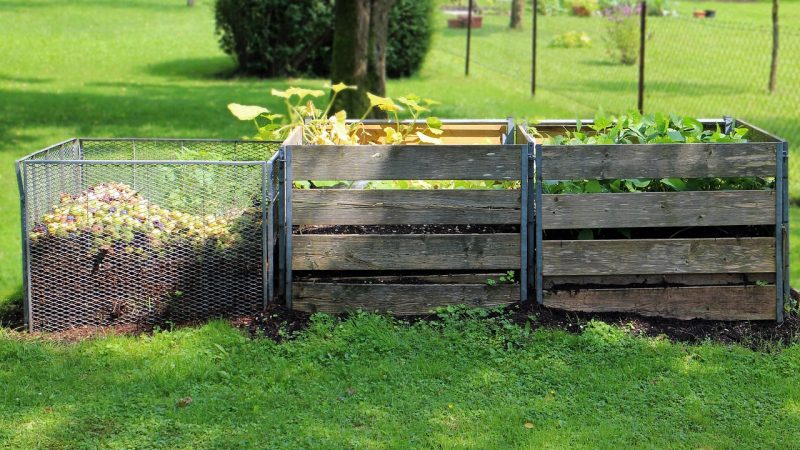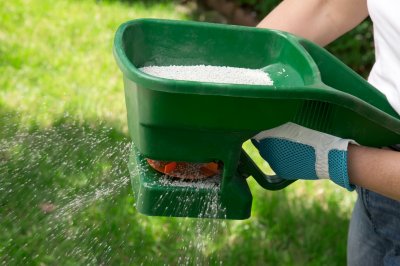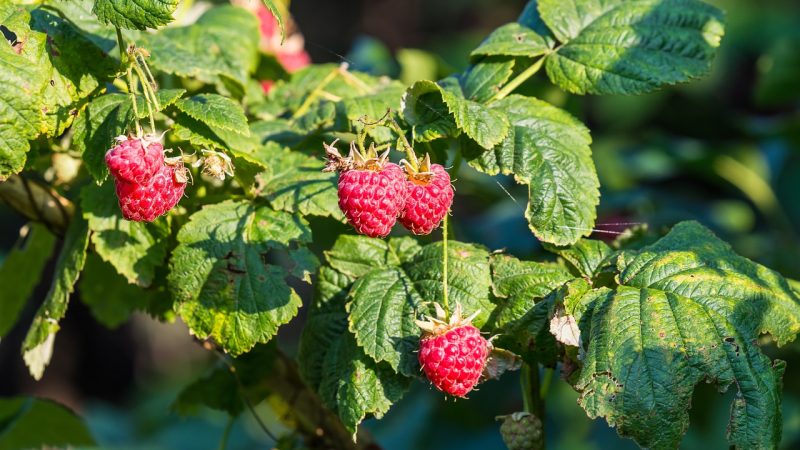Pruning ornamental shrubs is an essential horticultural practice that helps maintain the health, shape, and beauty of the plants. Proper pruning enhances the appearance of the shrubs, promotes flowering, and encourages vigorous growth. Here are some general guidelines for pruning ornamental shrubs:
1. Timing:
- The timing of pruning depends on the specific shrub species and its flowering pattern. In general, prune spring-flowering shrubs right after they finish flowering. Prune summer-flowering shrubs in late winter or early spring before new growth starts.
2. Tools:
- Use sharp and clean pruning tools to make precise cuts. Pruning shears are suitable for small branches, while loppers are used for thicker branches. Pruning saws may be needed for larger shrubs with thicker stems.
3. Dead and Diseased Wood:
- Start by removing any dead, diseased, or damaged wood. Cut these branches back to healthy tissue to prevent the spread of diseases and pests.
4. Thinning:
- Thinning involves removing some older and interior branches to increase airflow and light penetration throughout the shrub. This encourages better growth and flowering.
5. Crossing Branches:
- Look for branches that are crossing or rubbing against each other. Remove one of the branches to prevent damage and promote a more open canopy.
6. Size and Shape:
- Decide on the desired size and shape of the shrub. Prune to maintain a natural, rounded form or create a specific shape, such as a hedge or topiary.
7. Pruning Height:
- When pruning, avoid cutting back more than one-third of the shrub’s overall height in a single pruning session. Severe pruning can stress the plant and reduce flowering.
8. Avoid Over-Pruning:
- Over-pruning can lead to an imbalance of growth and reduce the plant’s overall vigor. Prune conservatively and only remove what is necessary for shaping and maintenance.
9. Rejuvenation Pruning (for Overgrown Shrubs):
- For overgrown shrubs, consider rejuvenation pruning. This involves cutting the entire shrub back to about 6-12 inches from the ground. It may take some time for the shrub to recover, but it can lead to healthier and more vigorous growth.
10. Clean Up:
- After pruning, remove all the cut branches and debris from around the shrub. This helps maintain a tidy appearance and reduces the risk of pests and diseases.
Always research the specific requirements of each ornamental shrub species before pruning, as different plants have unique growth habits and flowering patterns. Pruning practices can vary depending on the shrub’s characteristics and your gardening goals. When in doubt, consult with a local horticulturist or gardening expert for personalized advice on pruning your ornamental shrubs.







